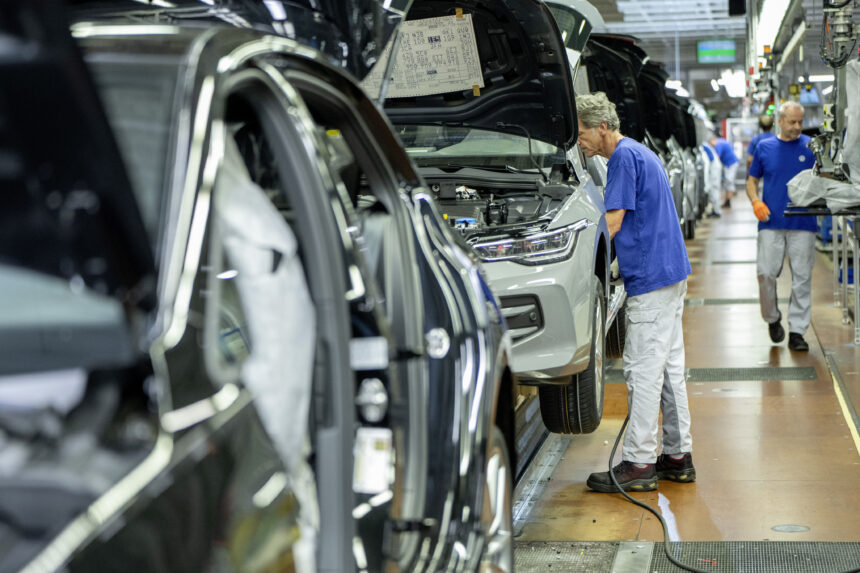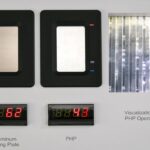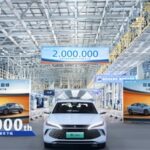Volkswagen to Cut 35,000 Jobs in Restructuring Plan
Volkswagen has announced a comprehensive restructuring plan that will see the company cut 35,000 jobs over the next five years in an effort to save up to €4 billion (£3.4 billion). The decision comes after finalizing an agreement with its works council and is aimed at streamlining operations, enhancing efficiency, and securing a competitive financial footing as the company shifts its focus to electric vehicles.
The majority of the job reductions will be implemented through voluntary measures such as early retirement and severance packages to minimize social disruption. Volkswagen, which has approximately 120,000 employees in Germany, with half of them working at the main plant in Wolfsburg, is prioritizing optimizing production efficiency and reallocating resources towards its electric vehicle strategy in order to reduce overall capacity in its German manufacturing network by 700,000 vehicles annually.
The company has confirmed that the historic former Karmann factory in Osnabrück and the Transparent Factory in Dresden will remain in operation but will be repurposed to cut costs. The Osnabrück facility is set to stay open until 2026 to fulfil a contract to produce the T-Roc Cabriolet, with plans for a defense company to potentially step in to preserve jobs. The Dresden site, where ID 3 models are currently manufactured, is expected to cease vehicle production in the future and transition into a Volkswagen-run technical operation.
The restructuring plan follows intense negotiations between Volkswagen management and worker representatives, prompted by CEO Oliver Blume’s calls for drastic measures to cut labor costs. Blume had proposed a 20% wage reduction and warned that factory closures were necessary for Volkswagen’s long-term competitiveness. While the potential closure of the Osnabrück and Dresden facilities has sparked debates in the German parliament, Volkswagen’s Zwickau and Emden plants have been spared in the cost-cutting measures.
Volkswagen’s restructuring highlights the company’s challenge in balancing production of traditional models like the Golf, Tiguan, and Passat, with ramping up output of newer electric offerings such as the ID 3, ID 4, and ID 7.







